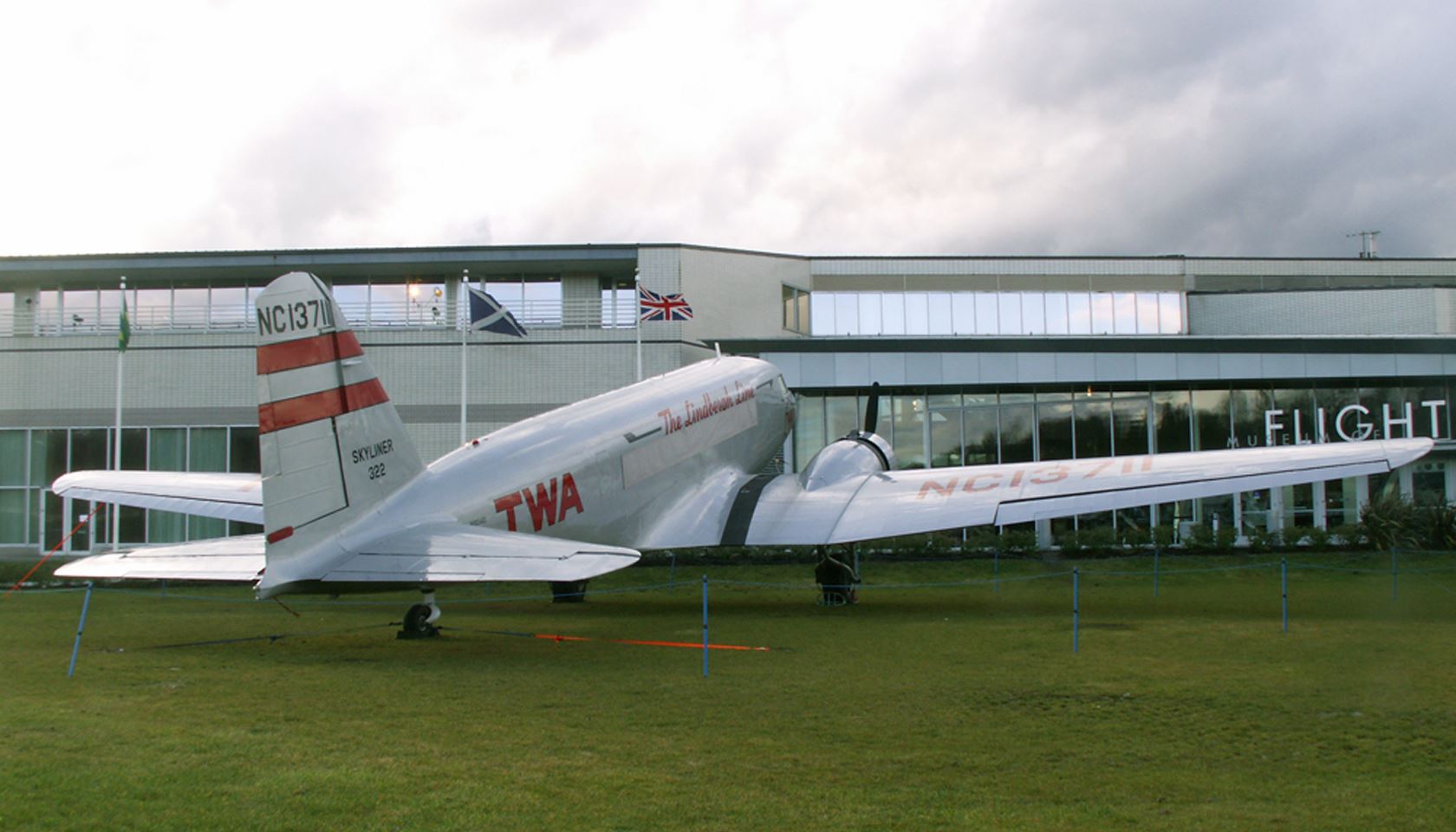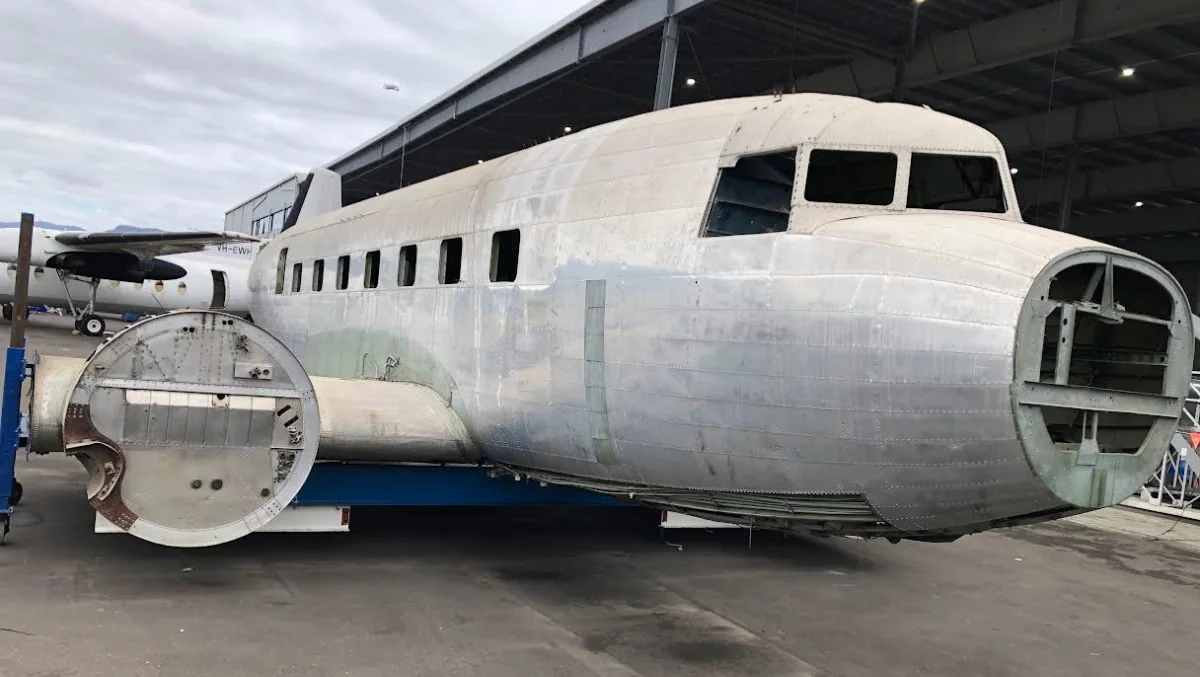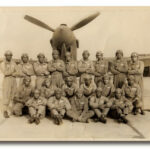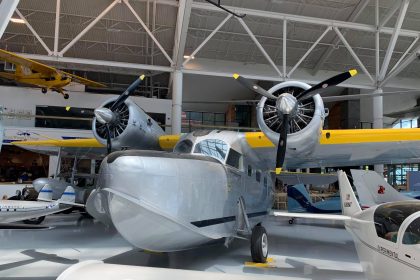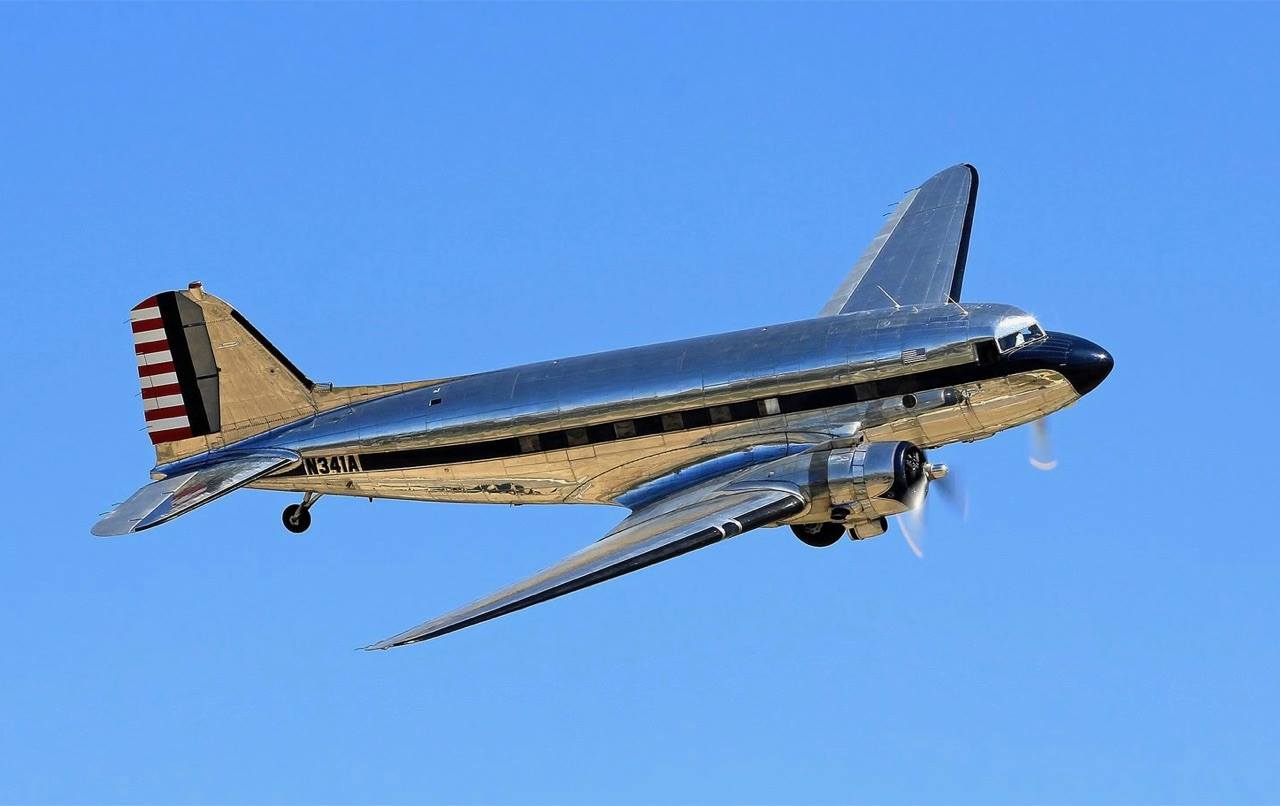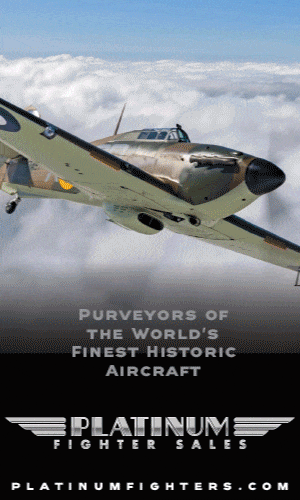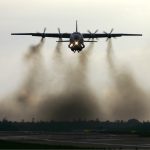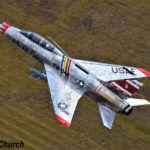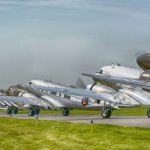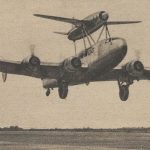An 89-year-old Douglas DC-2 airliner has arrived at Australia’s Historical Aircraft Restoration Society (HARS) Aviation Museum for restoration. Built-in May 1935 at Douglas’ Santa Monica plant, this historic aircraft will be restored and displayed at the museum at Shellharbour Airport in NSW, although it is not expected to fly again. HARS highlights the plane’s “fascinating history,” which aligns with its mission to preserve Australia’s aviation heritage. Despite being overshadowed by the later DC-3 and its military versions (C-47/Dakota), of which over 16,000 were built, the pioneering DC-2 changed passenger aviation history with 156 constructed.
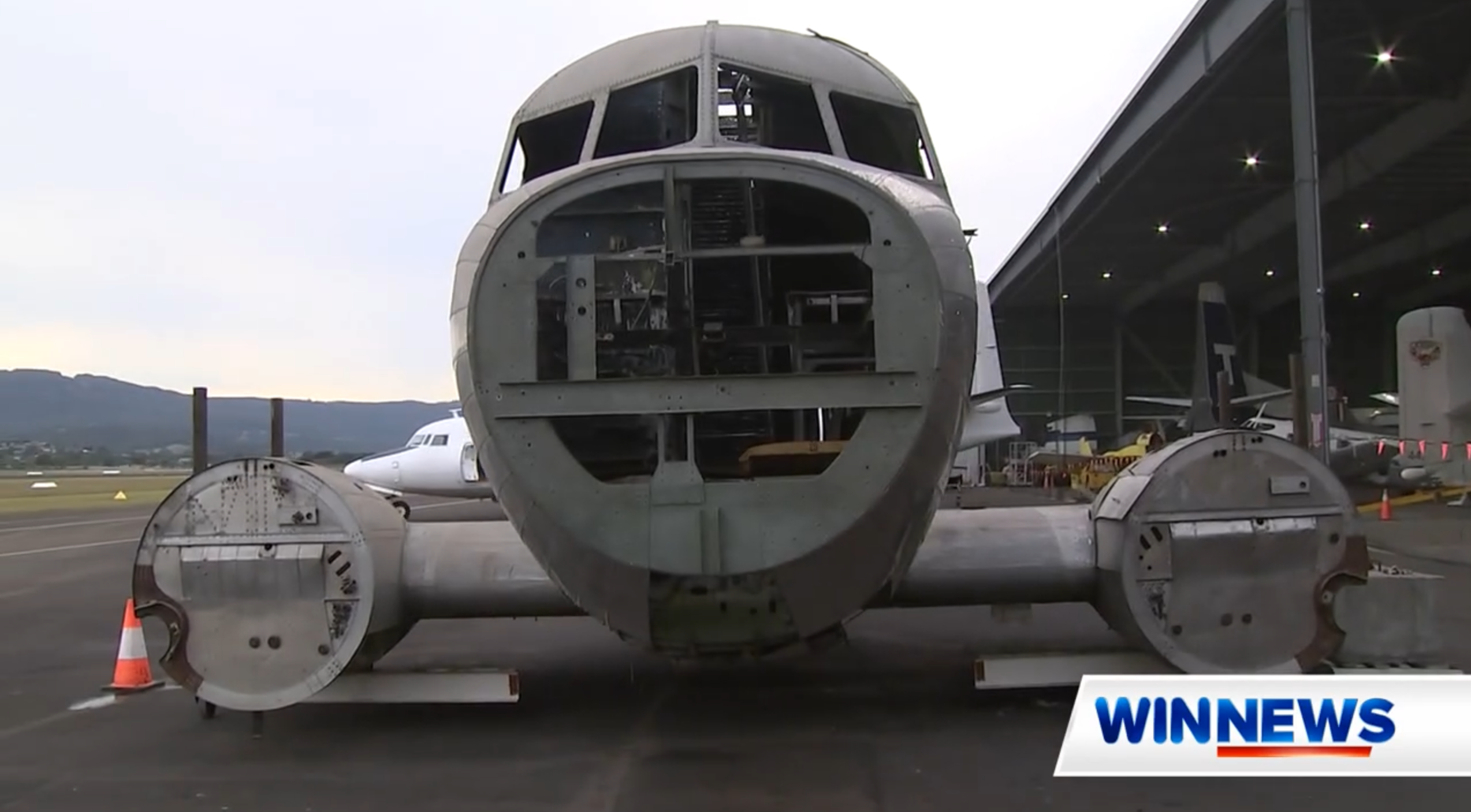
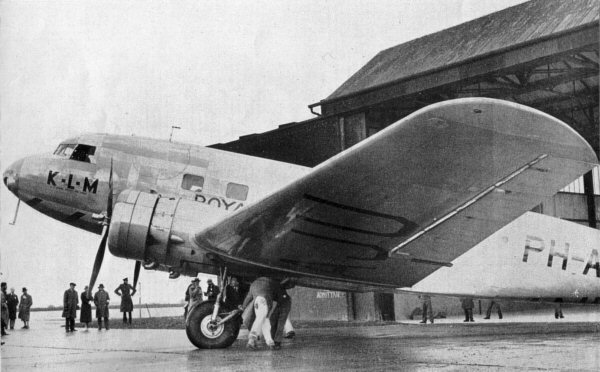
DC-2 PH-AJU Uiver came second in the MacRobertson Air Race in 1934. Image via Wikipedia
Originally operated by Dutch airlines in the East Indies, the DC-2 was evacuated to Australia from Batavia ahead of enemy invasion in 1942. It was then taken over by the US Army Air Force under General MacArthur’s orders and was badly damaged in Port Moresby by an enemy bombing raid in 1942. After WWII, it was reconfigured to seat 17 passengers for ANA in Melbourne, then sold to Sid Marshall at Bankstown Airport to operate weekend joy flights over Sydney under the registration VH-CDZ. Damaged in 1957 and struck off the register, it was owned by several parties with successive restoration or dismantling for parts plans.
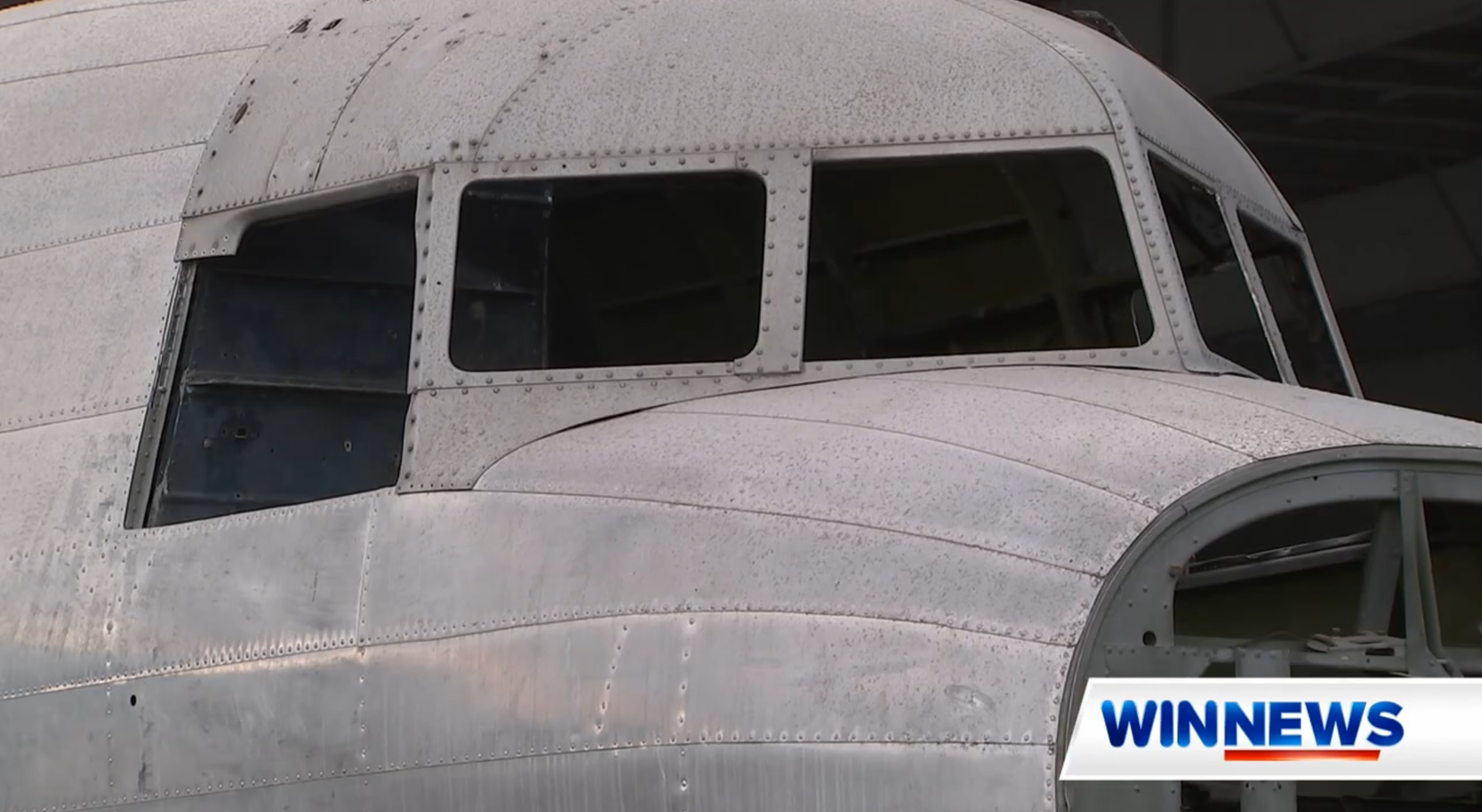
The DC-2 joins a long line of HARS restoration projects, including the Lockheed Super Constellation “Connie”, Smithy’s “Old Bus” Southern Cross replica, and a former RAN Grumman S2 Tracker. HARS operates three DC-3/Dakota aircraft, including ‘Hawdon,’ which flew the first passenger flight for Trans-Australian Airlines from Melbourne to Sydney in 1946. Visitors to HARS Aviation Museum can see ongoing restoration work on a former RAN Dakota that was part of the Queen’s Flight in 1954.
Several Douglas DC-2 aircraft have survived to this day, serving as significant reminders of early commercial aviation history. These survivors are scattered around the world, with a few preserved in museums and private collections. Notable examples include a DC-2 at the National Air and Space Museum in Washington, D.C., and another at the Aviodrome in the Netherlands, which has been restored to flying condition and participates in air shows. Here is a list of known surviving Douglas DC-2 aircraft and their current locations.